ECT is part of a dynamic circular economy in which inert excavated soil is reused. This soil comes from building and public works sites.
Our development projects promote biodiversity and quality of life. They are put to different uses depending on the local issues at stake: landscape parks, reforestation, soundproofing mounds, photovoltaic power plants, agricultural land raising, urban farms, golf courses, sports and leisure grounds and facilities, etc.
News
Transitional landscaping in Sallaumines (62)
In the Pas-de-Calais town of Sallaumines, a temporary development project has been launched in the heart of the 13/18 housing estate, in anticipation of the neighborhood’s future redevelopment. A project
Read more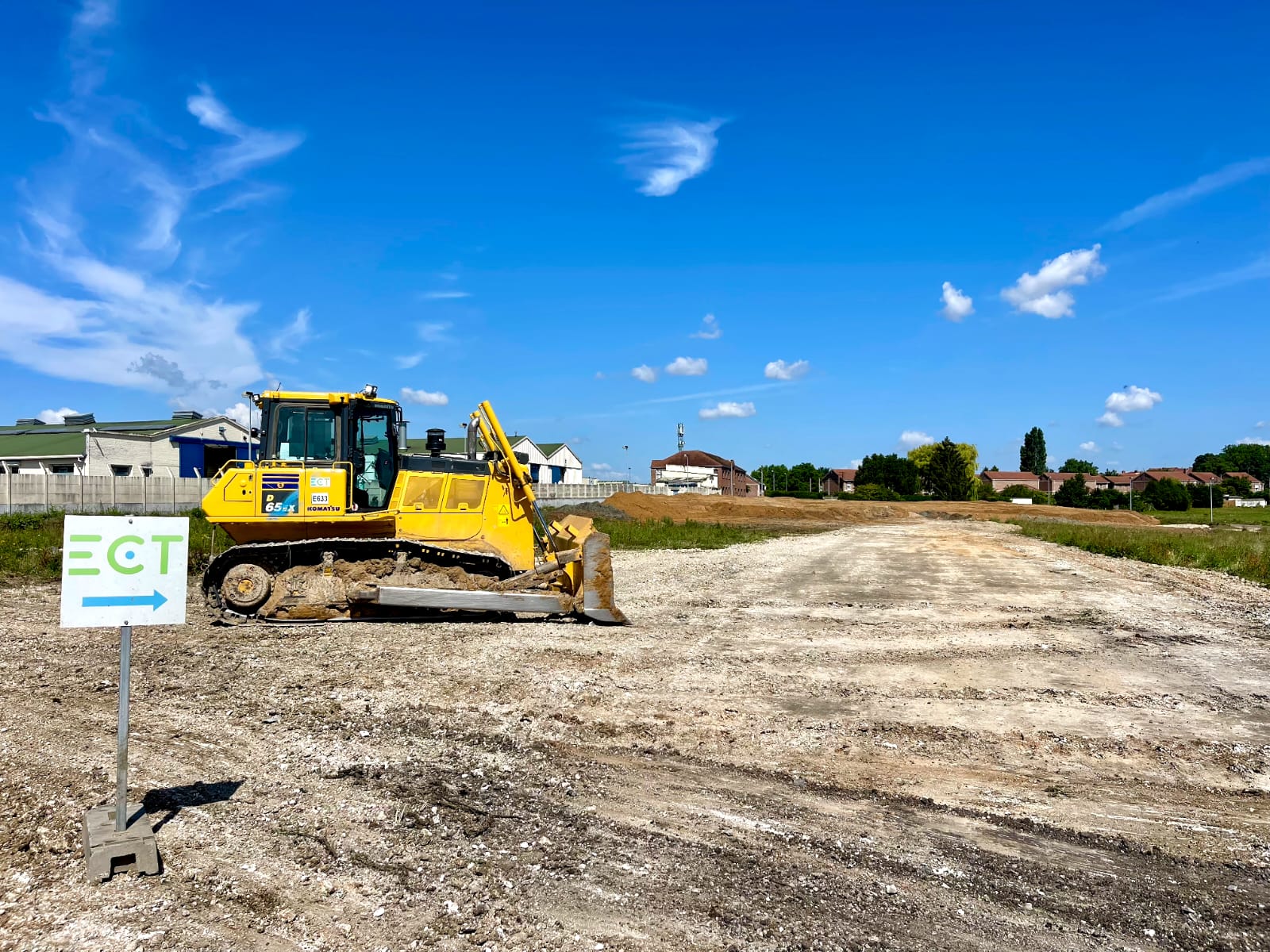
News
Meet ECT’s project managers: customer service from project to worksite
Within ECT’s Environment Department, the Business Analysts (CAF) occupy a strategic position. They are at the crossroads of environmental engineering, the application of excavated soil regulations and customer relations. Their
Read more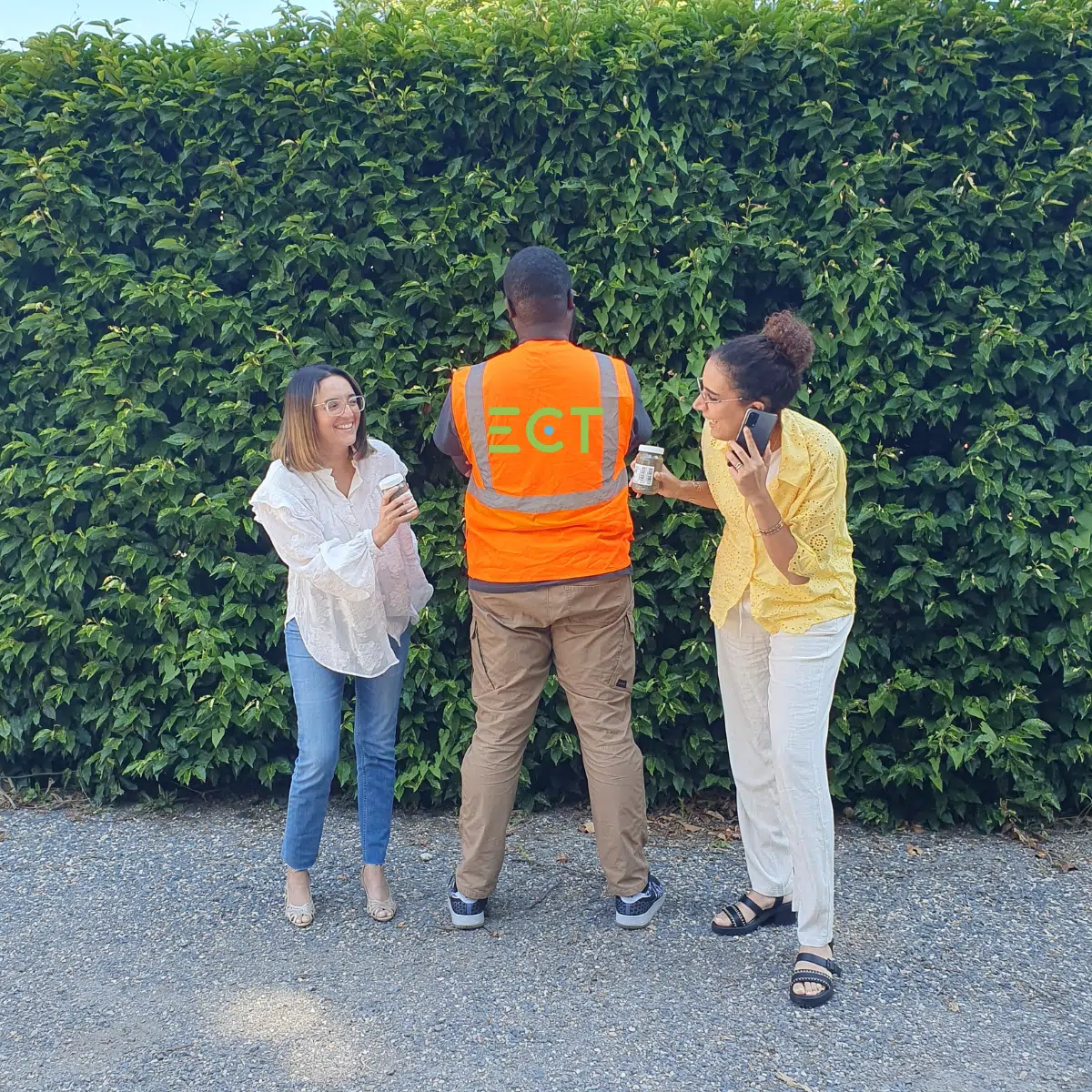
News
Working under high temperatures: ECT adapts its practices
At one of our sites, a bulldozer goes into action as soon as the sun rises. The day begins, and already the heat is setting in. As summer temperatures reach
Read more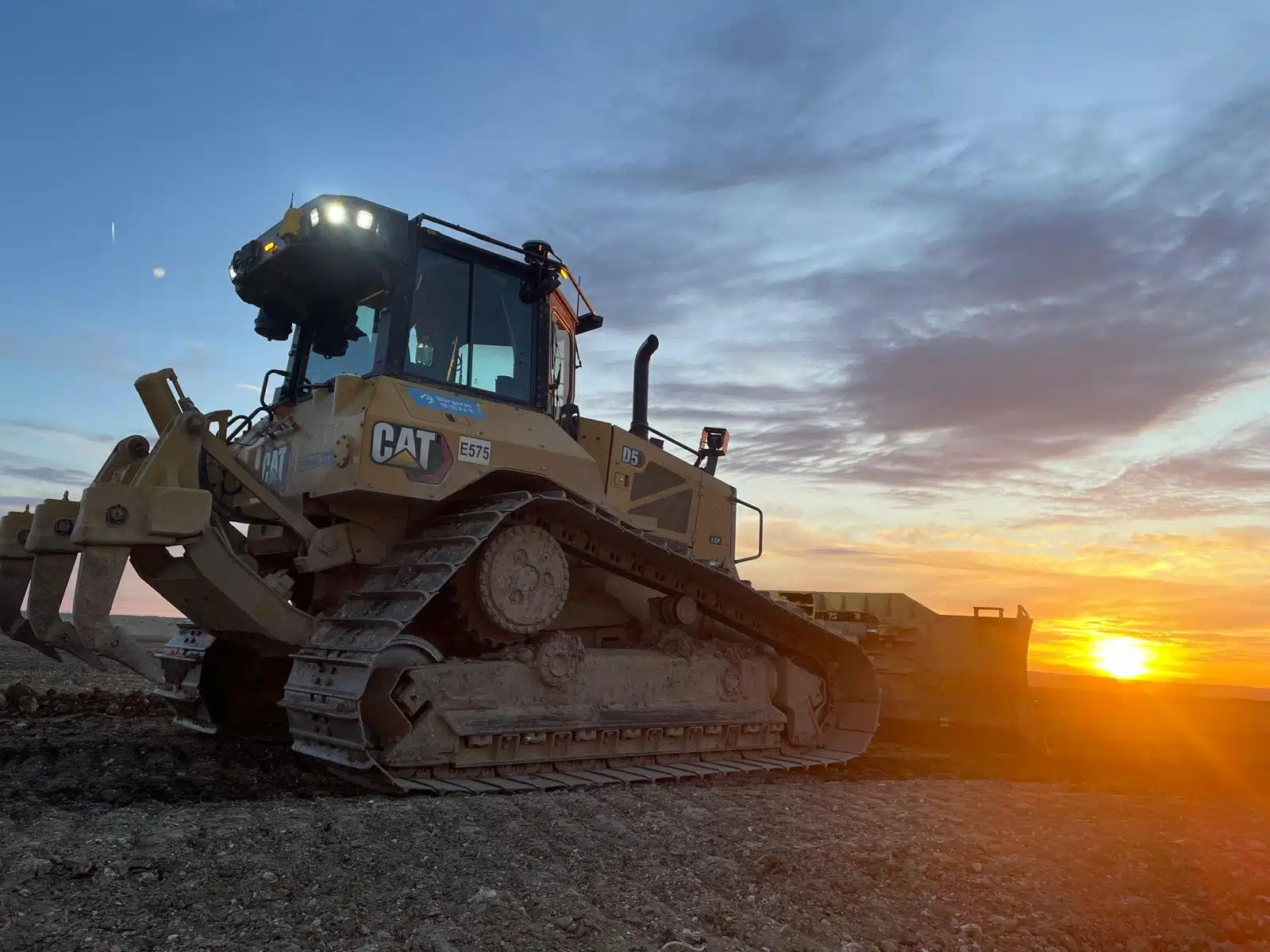
News
Filming in the heart of the underground quarry at Baillet-en-France
On July 2, 2025, teams from Bergerat RENT France, exclusive distributor for Caterpillar Inc, filmed ECT’s backfilling operations in the PLACO® underground gypsum quarry at Baillet-en-France. This site, both technical
Read more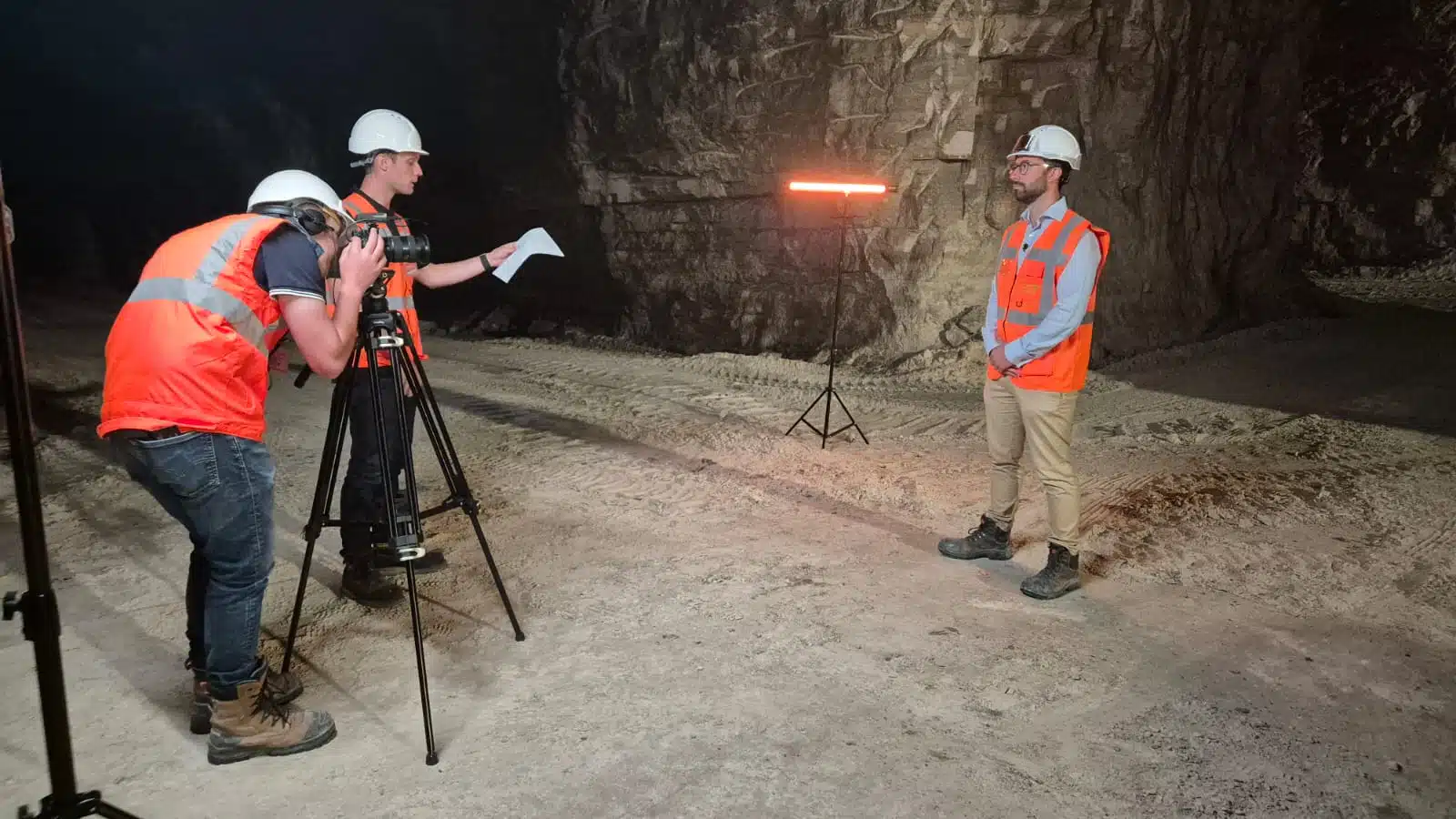
ECT key figures
million tonnes
of excavated material processed / year
employees
in France, with a new branch in the Hauts-de-France region
development sites
regularly in operation to recycle excavated soil
trees planted
per year
children
guests per year
for educational activities and plantations
solar panels
installed (in partnership with Akuo)
Over the past 5 years, the following projects have been completed or are in progress:
ha of landscaped parkland,
sports and leisure facilities
ha of farmland
including 2 projects with SAFER IDF
ha of urban forest
and freely evolving biodiversity zones
Business lines
Our business is based on 3 areas of expertise.
Sales Division
identifies treatment channels for inert and polluted soil. It manages relations with our customers in the construction and public works sector and organizes the traceability of excavated soil to sites for reuse, recycling or treatment
Operations Division
receives and inspects excavated soil and ensures its traceability. It ensures that the site is properly integrated into the surrounding environment and designs the project’s layout. Finally, it carries out development, equipment and renaturation work
Design Department
dialogue with local communities and public authorities to identify sites and design concerted uses for the future development, an opportunity for the local attractiveness.
Achievements and
development projects
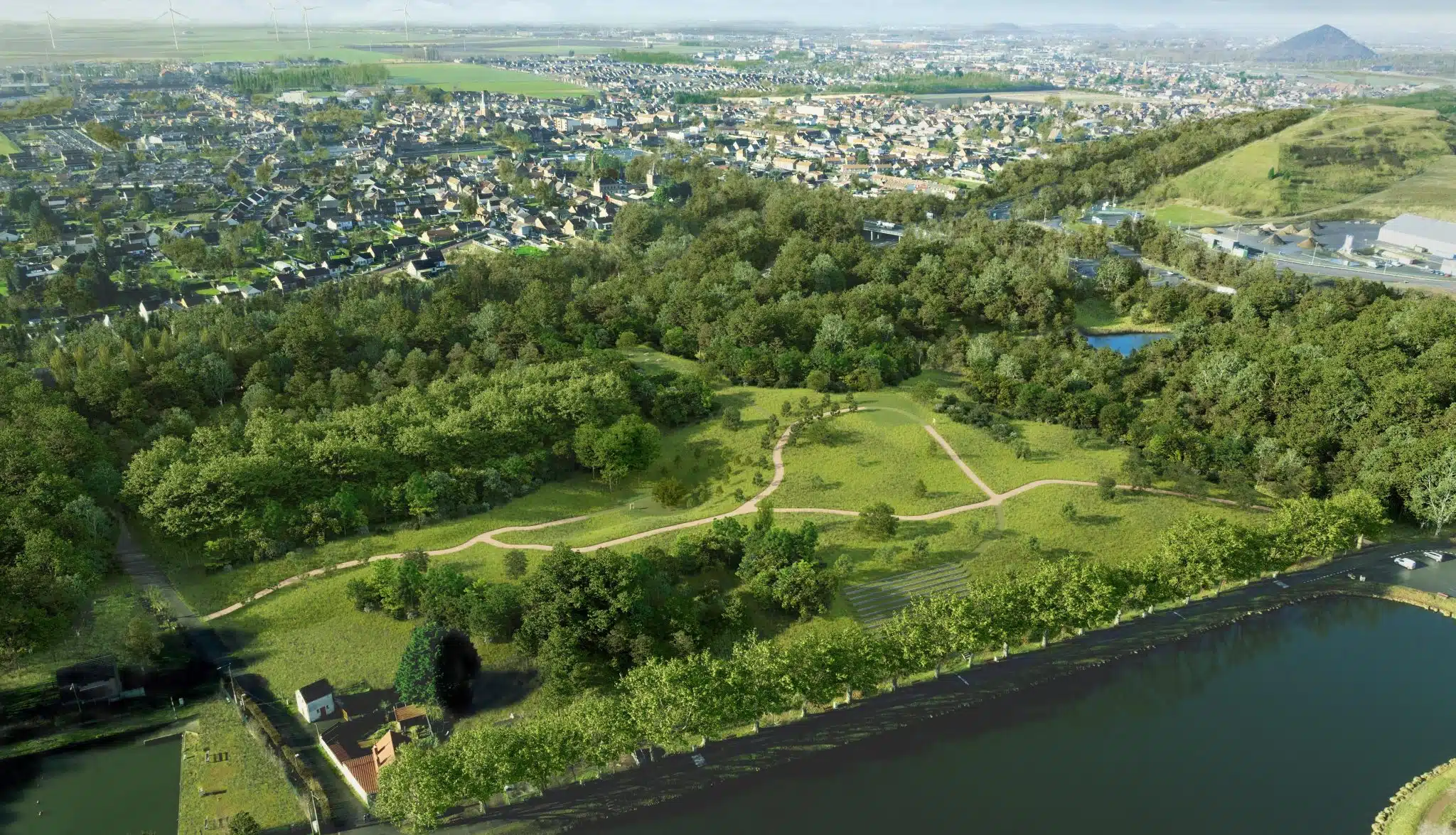
A nature park on the derelict Gare d'Eau site
Courcelles-lès-Lens
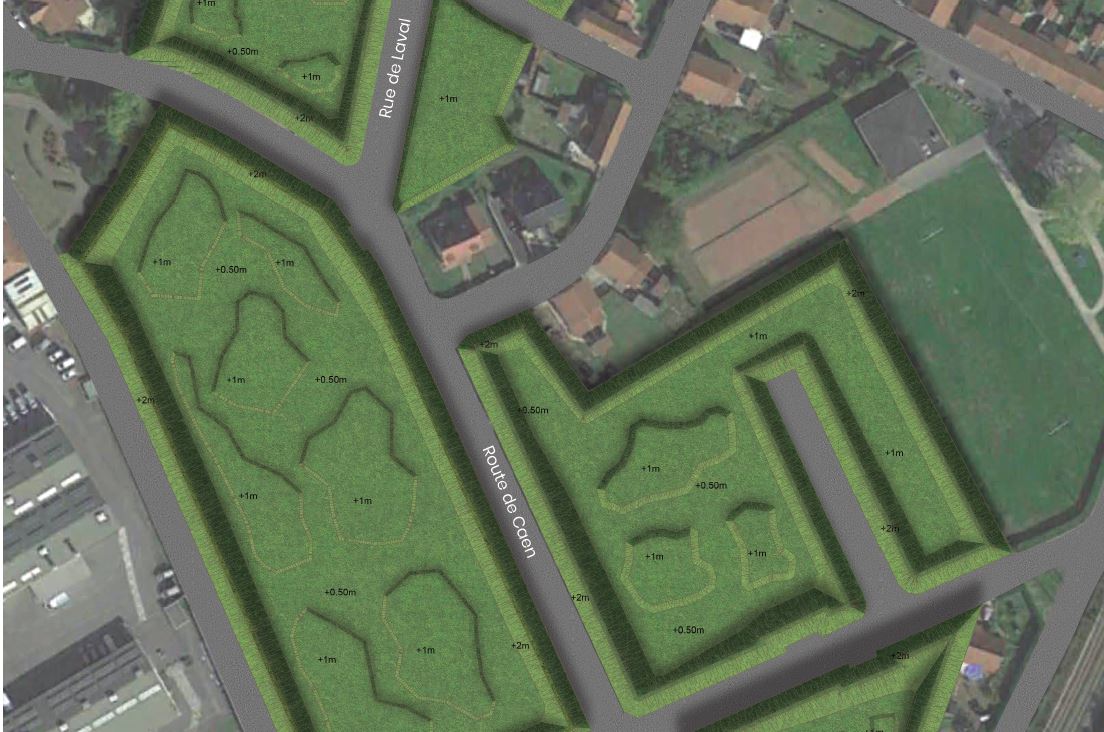
Improving the living environment through the temporary creation of an open garden
Sallaumines
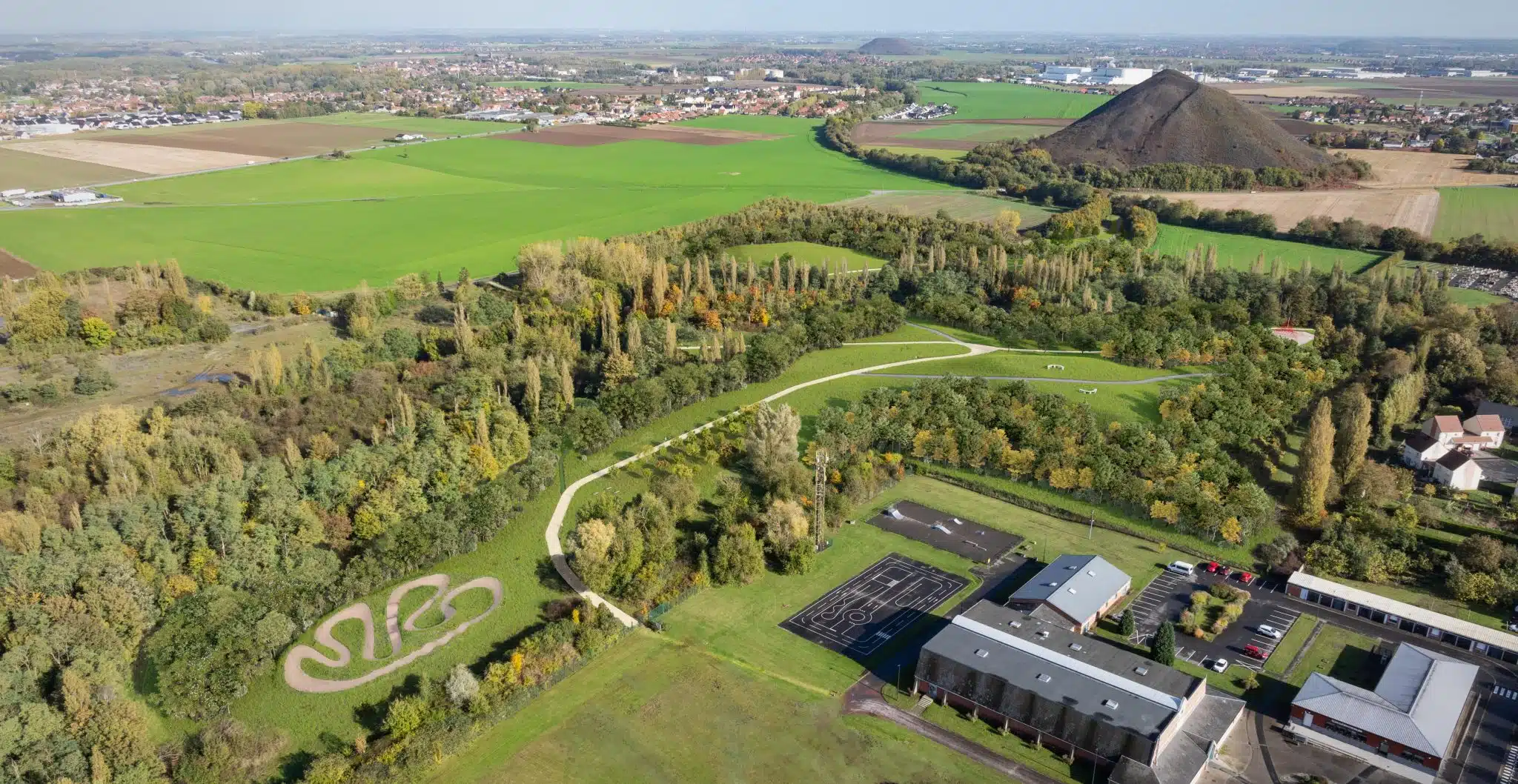
Creation of a natural, sports and leisure area
Harnes
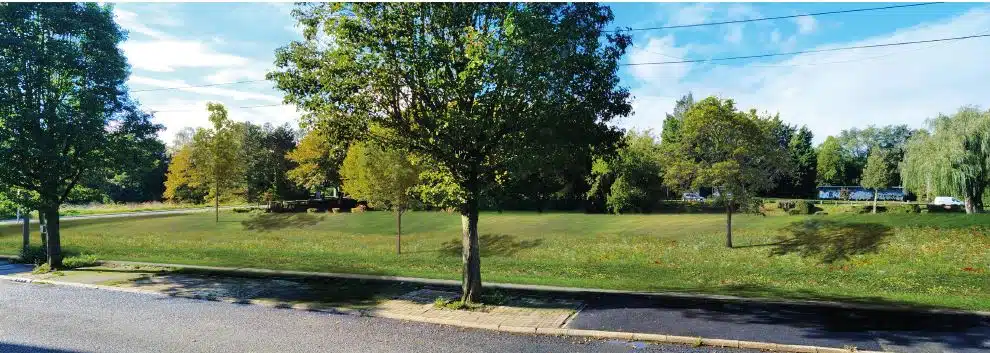
Urban and landscape redevelopment of derelict sites
Bruay-la-Buissière
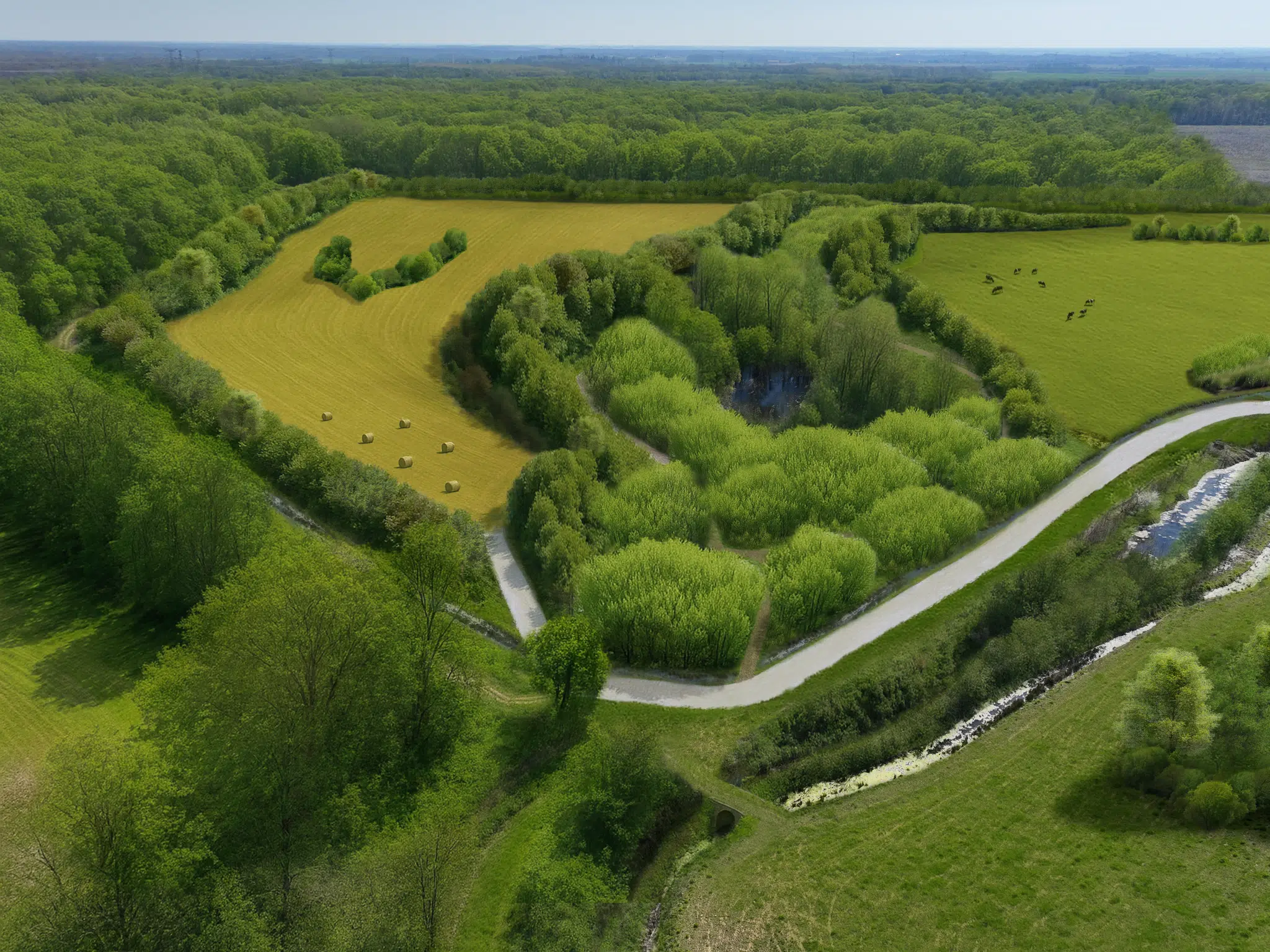
Rehabilitating farmland in the Paris region
Coubert
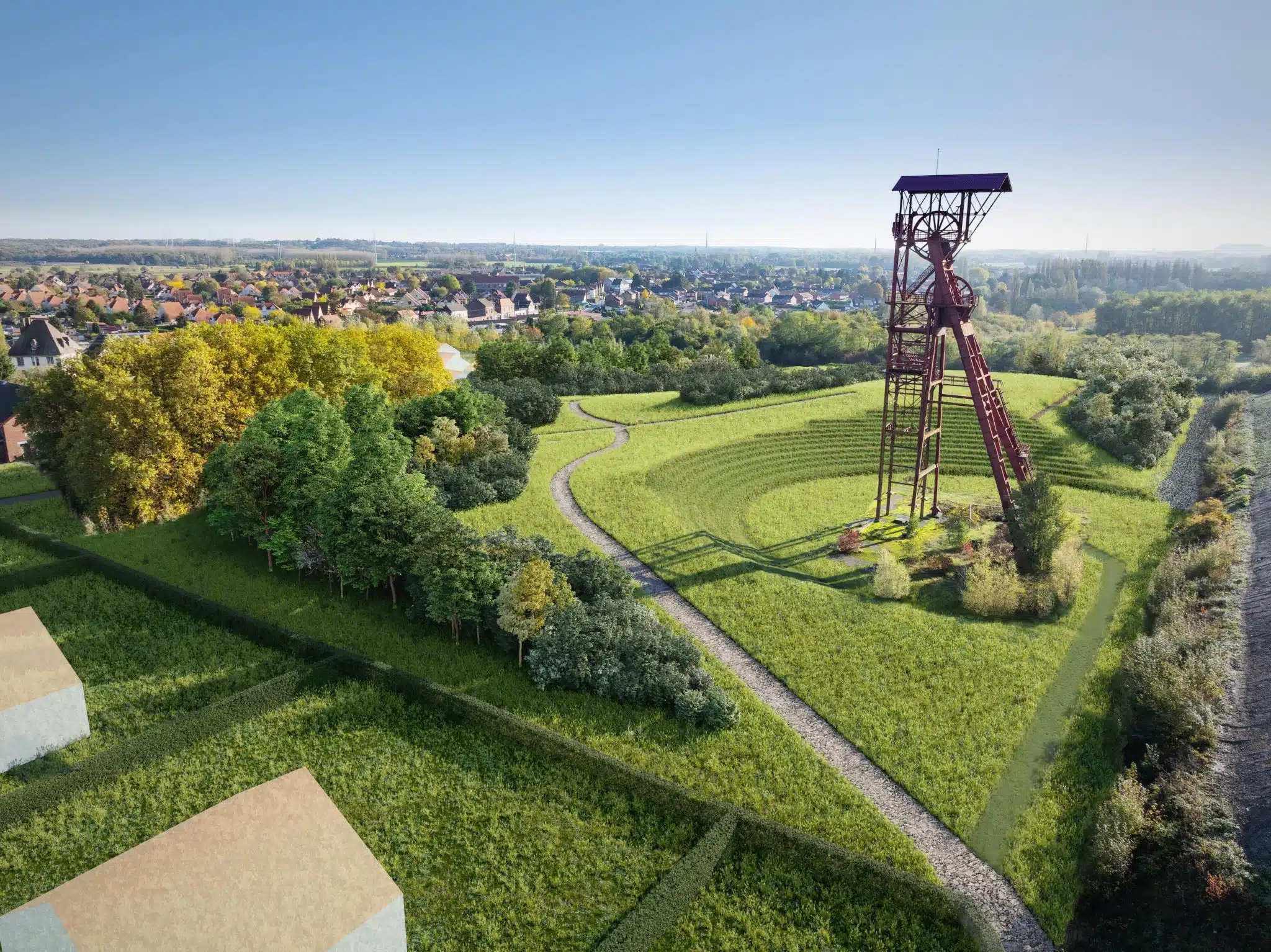
Transforming a mining wasteland into a green heritage area
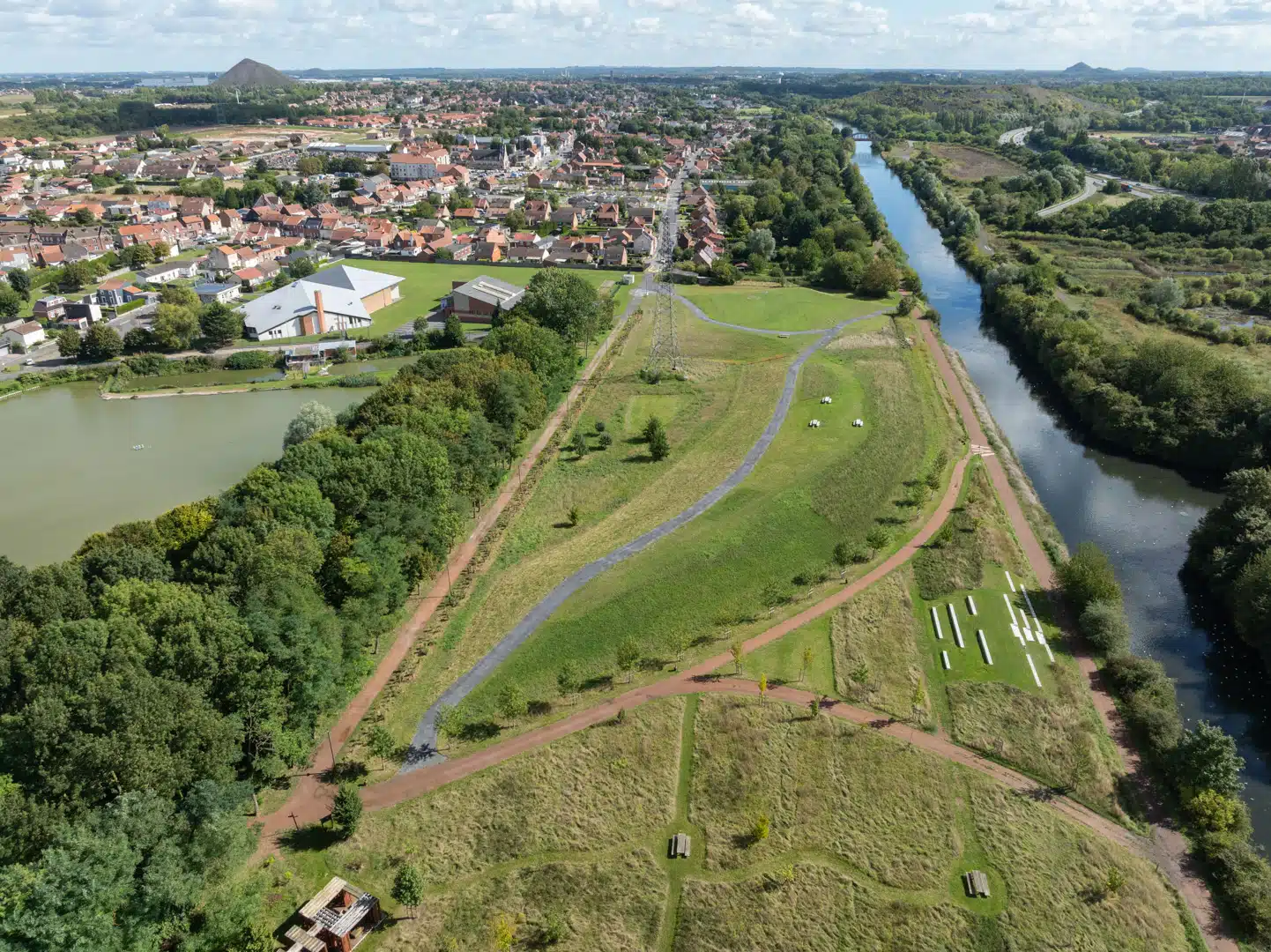
Creating a leisure and relaxation area in the Parc des Berges de la Souchez
Loison-sous-Lens (62)
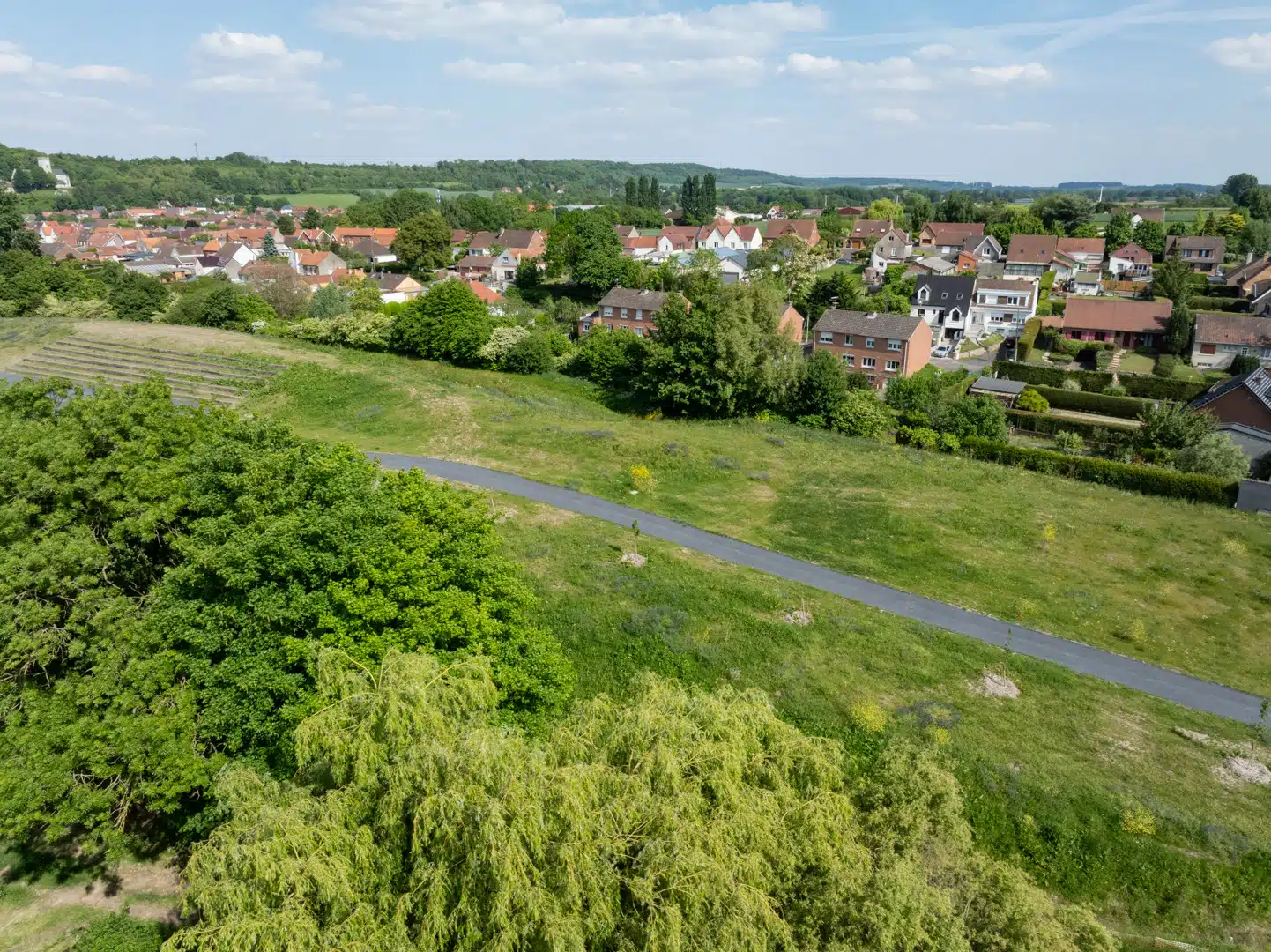
Develop the Chaussée Brunehaut Park, a nature area open to the public
Houdain
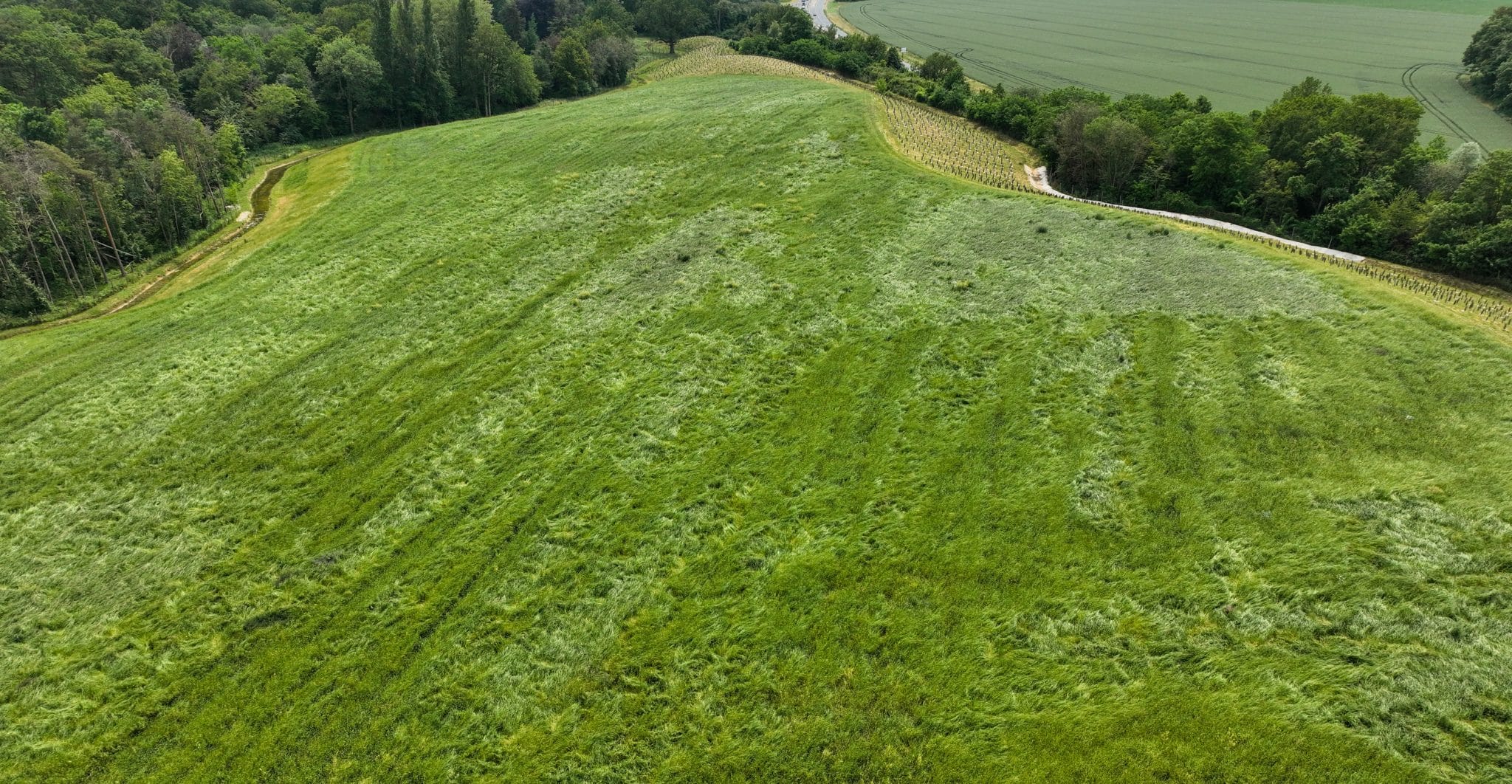
Developing an agricultural and ecological revival on a damaged site
Grisy-Suisnes
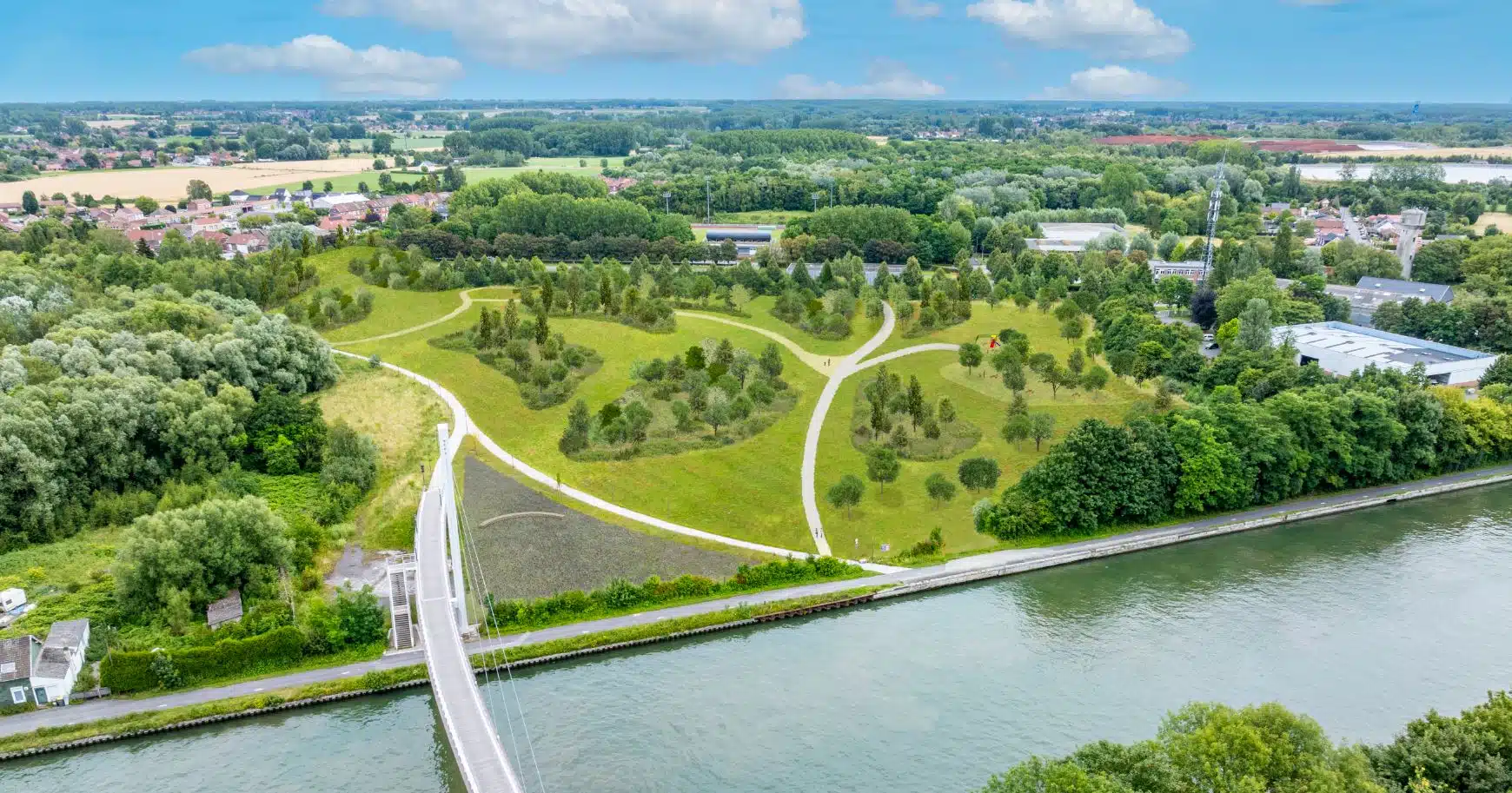
Transforming a brownfield site into an urban park
Auby (59) - Nord (59)
